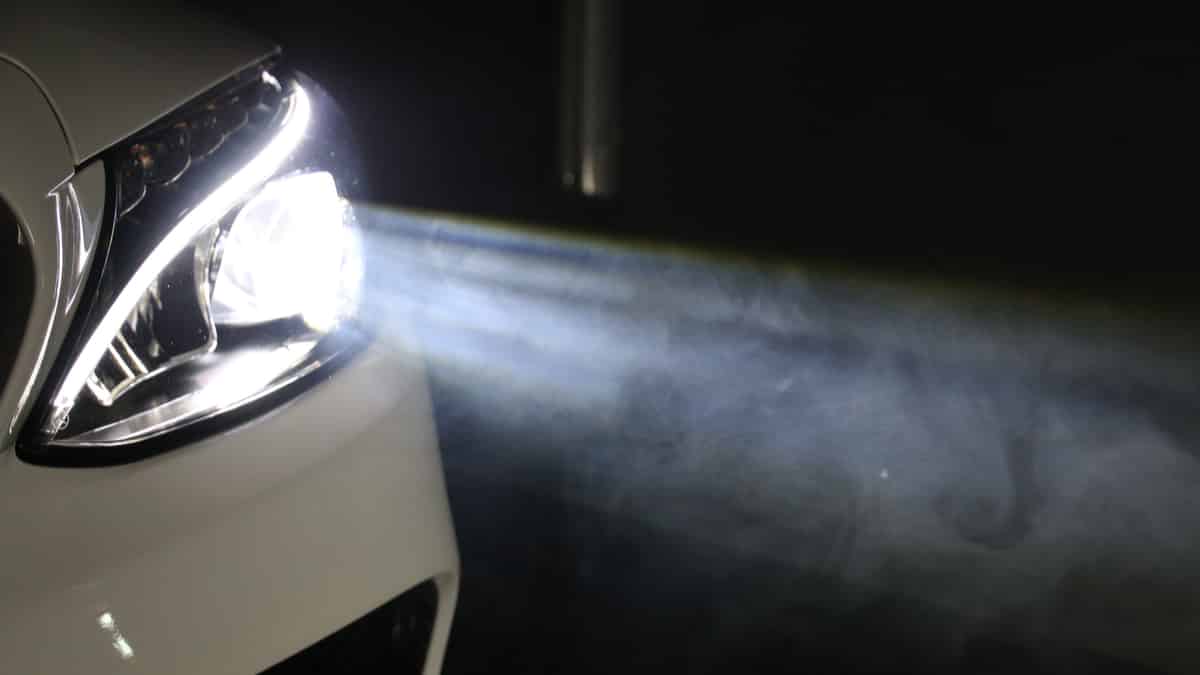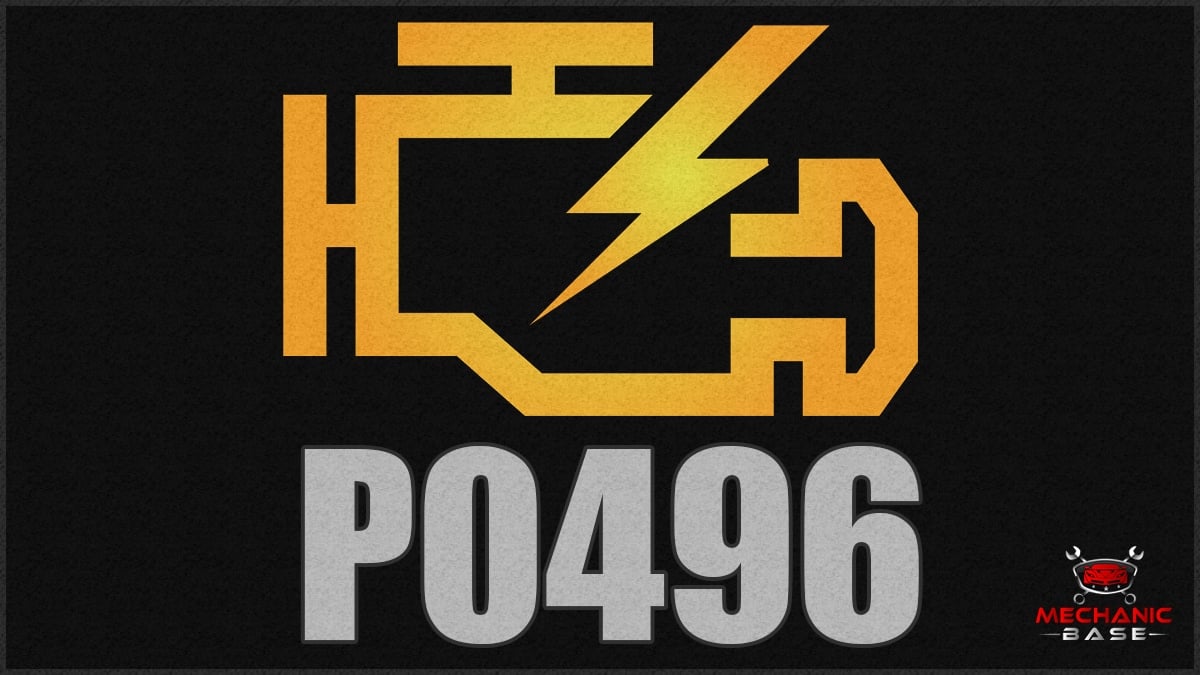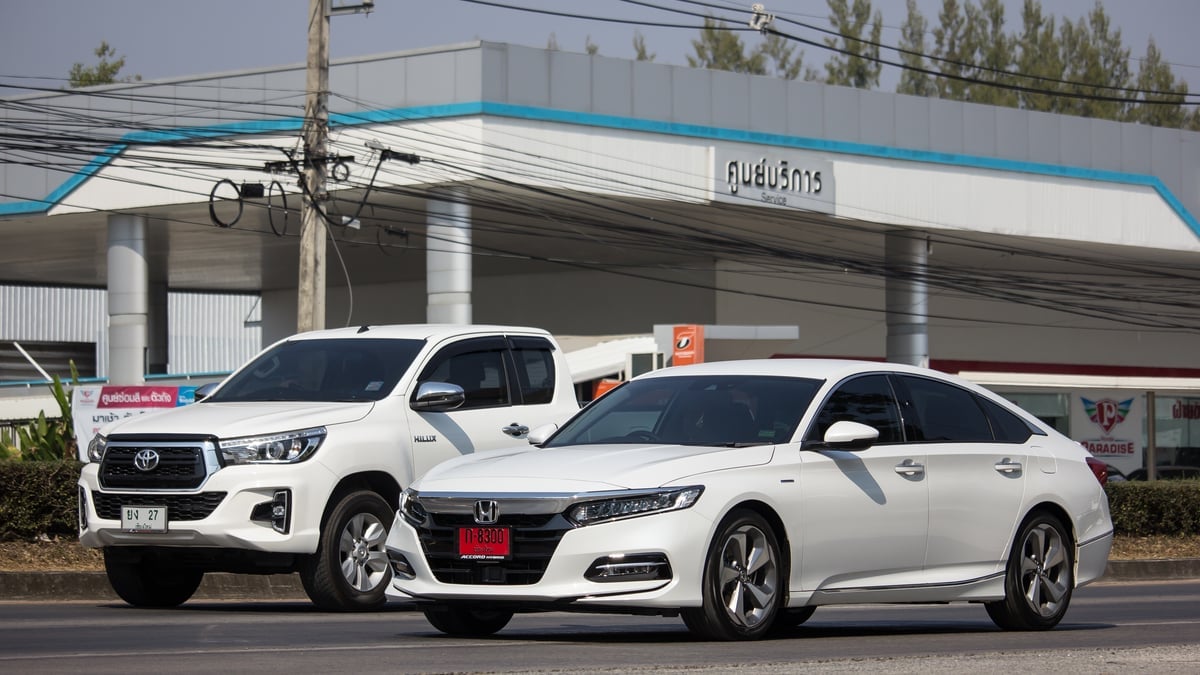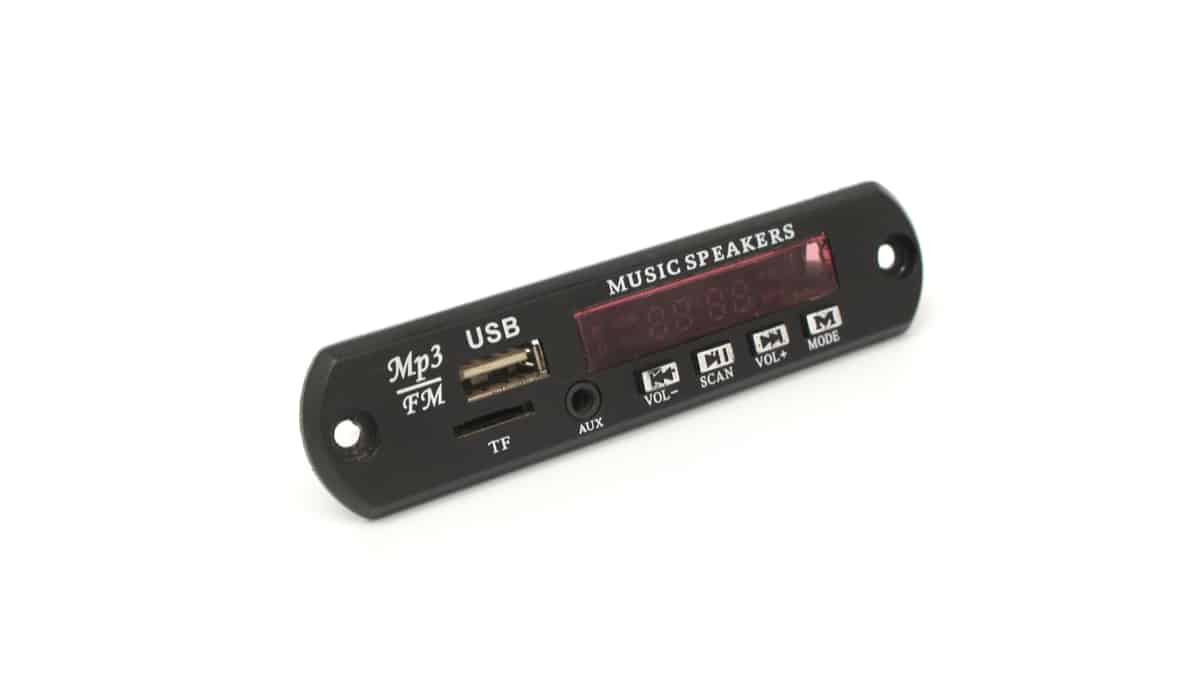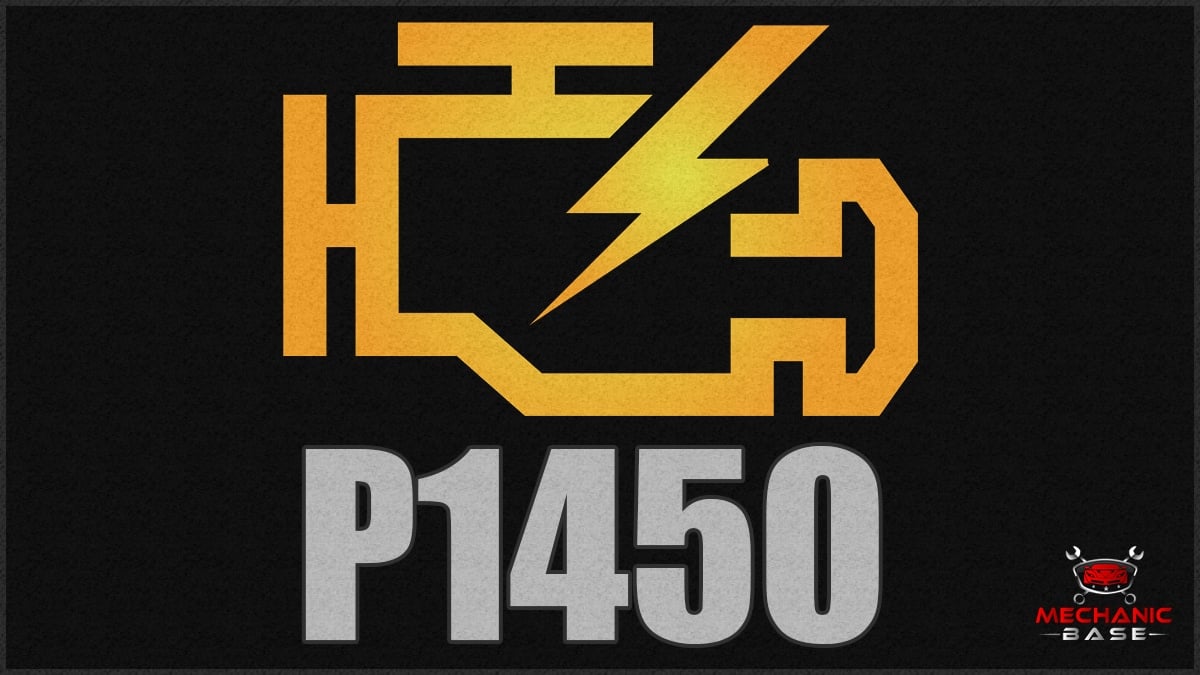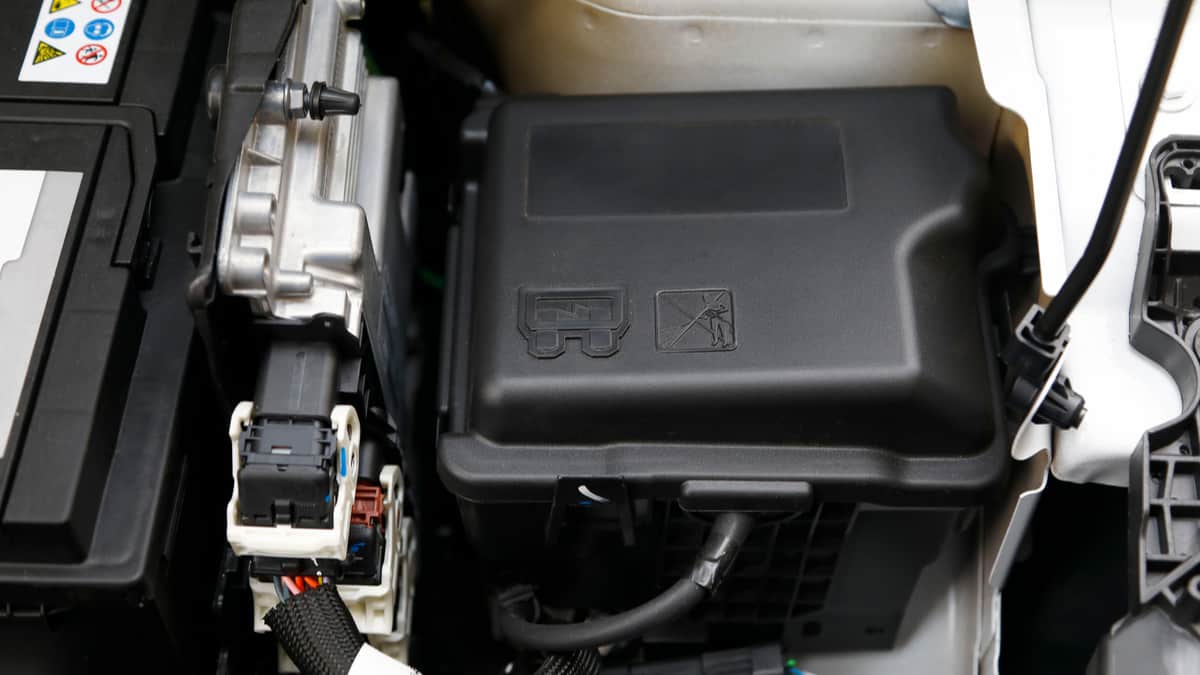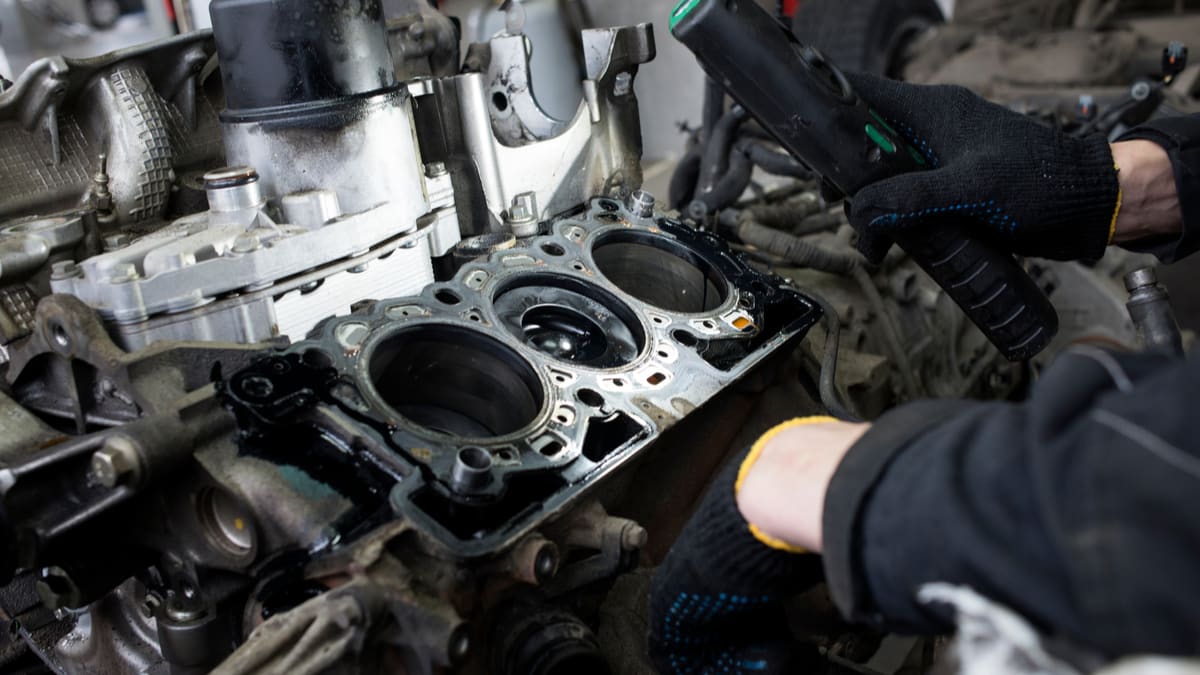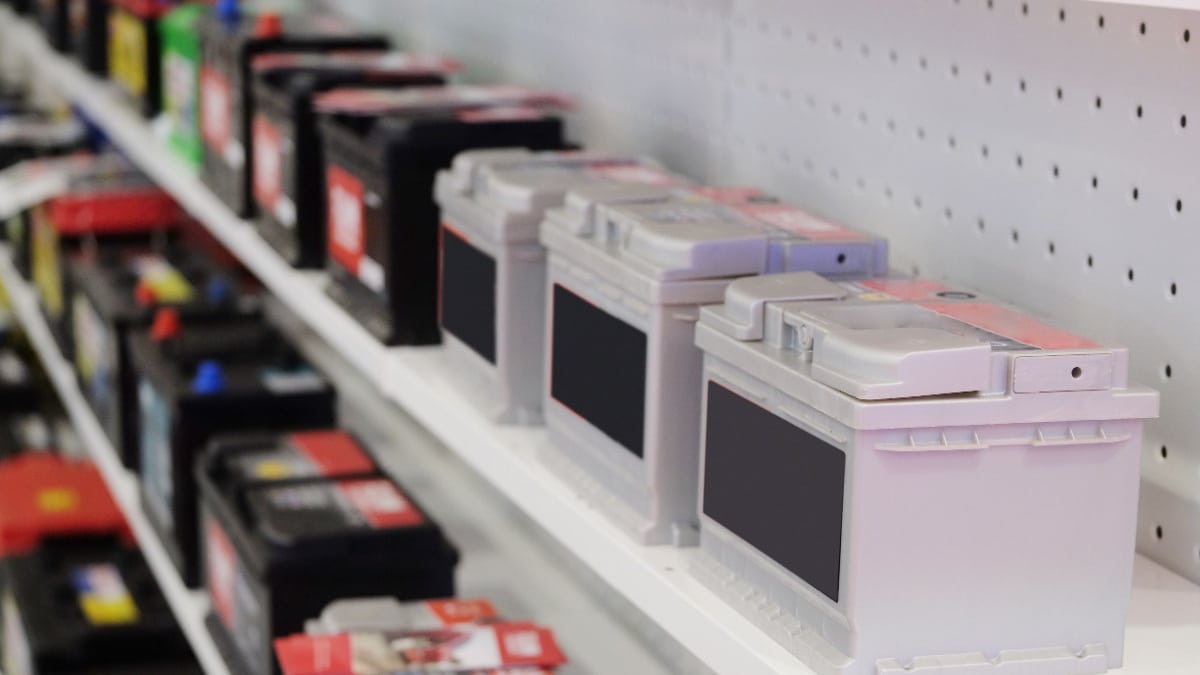If you do a lot of nighttime driving, you want to make sure you have the right headlights for superior visibility. With so many different types on the market, it might be confusing trying to figure out the differences. That’s why it’s vital to evaluate the Xenon vs. LED vs. halogen headlights before making up your mind.
I evaluate the different headlight types to determine what the benefits and disadvantages of each are. I also examine which of the most popular headlights will be suitable for your situation.
Xenon vs. LED vs. Halogen Headlights Differences
The cheapest option is the halogen bulb, but you can’t expect superior performance with this one. While Xenon HID bulbs offer a strong beam, you will need to allow for some warm-up time until they reach their full potential. On the other hand, LEDs are going to last the longest, but not every vehicle can be equipped with these bulbs.
Although this is just a quick answer, there is a lot more to it, so to make a decision which type of light is right for you and your car, read on!
What are Xenon Headlights?

Xenon is a type of HID headlight. HID means high-intensity discharge, and the type has been around since the 1990s, starting with some BMW vehicles. What’s unique about these headlights is the gas used for startup.
HID lights operate like neon counterparts, because the current passes through the tube that’s filled with gas. This tube also contains electrodes at either end. The passing current moves between the opposite electrodes, stimulating the halide salts and Xenon gas. The high-voltage spark ionizes the Xenon, creating the current.
Xenon Headlight Pros
1. Efficient
At startup, HID headlights are going to use more energy than halogen lights. However, once they are running, much less power is needed. Overall, the HID bulbs consume less power than their halogen counterparts.
With less engine power needed and a reduced amount of stress on the alternator, you gain more efficiency. While you might only save a little bit on fuel, every bit of savings is valuable.
2. Strong Illumination
Some advanced HIDs can be used to provide a dual-beam. Bi-Xenon headlights work for low and high beams when equipped with a mechanical shutter inside the projector.
With this additional control, you gain much more illumination where it is needed the most. Xenon lights can also create a broader and farther beam than halogen lights. In some cases, you might feel that the low beam provides you with enough illumination.
HID bulbs also provide a white beam, giving you a look that resembles daylight. You won’t have to worry as much about the strange yellow glow that is provided by some headlights.
3. Long-Lasting
Xenon headlights are built to last. The average HID bulb might last 2,000 hours, but there are some on the market rated for 8,000 or more hours. When compared with how long the halogen light can go, you see that Xenon provides a great value.
If you use Xenon in place of halogen, you might replace the bulbs once for every time another person might replace halogen lights two or three times. This also helps you save money in the long run.
Xenon Headlight Cons
1. High Cost
While they are longer-lasting than the halogen light, you are going to pay for it upfront. However, this added cost does offer some benefits, and it might not cost as much as you think when you break it down by hour.
Considering the Xenon light can go two to three times longer than the halogen, you want to compare the price based on this information. Figure out your per-hour cost, and you will see that there isn’t that big of a difference, other than that you need to put out more money upfront with Xenon.
2. Added Glare
One of the biggest complaints about HID bulbs is the glare they can project. Oncoming drivers often despise looking into Xenon bulbs because of the glare.
It can also be troublesome for cars in front of you when the beams hit the rearview mirrors. That’s why some states have made certain HID bulbs illegal.
What are LED Headlights?
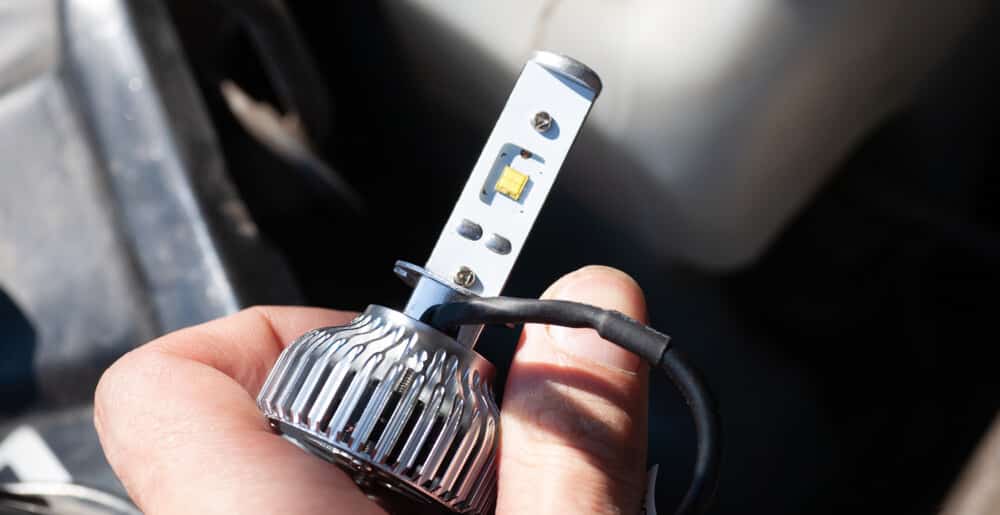
LED headlights operate differently from any of the others. Negative electrons run along holes from the semiconductor. As these electrons move, they produce light-emitting diodes, which is where the name comes from.
As the electrons enter one of the low-energy holes, photons are released, leading to electroluminescence. This process moves at lightning-fast speeds, creating the beam you are used to seeing.
LED Headlight Pros
1. Powerful
LED bulbs don’t need a lot of power to work. Plus, there’s no warm-up time as what is found with HID bulbs. You can turn on the LED headlights and get an instant beam.
Even though minimal power is used, you can still access the full brightness the second you turn on the lights. With this instantaneous power, you know that you have the illumination you need to travel the darkest routes.
2. Efficient
LED bulbs consume a minimal amount of energy, despite how bright they are. Because of the unique design, your car engine isn’t taxed.
LED lights aren’t going to drain the power needed to achieve maximum on-road performance. As a result, you might see a minimal upgrade to the fuel economy of your vehicle.
3. Precise Beam
LED headlights provide a more focused beam than HIDs. You can shape an LED light in many ways, which is why there are a variety of sizes and shapes available.
Auto manufacturers can use LED bulbs in a variety of ways to create a unique look to the vehicle. That’s why you see the bulbs used in light strips and headlights alike.
LED Headlight Cons
1. Fitment Issues
LED bulbs use a special assembly meant for cooling. That’s why LED headlights can’t be used in every vehicle.
There must be room for the special cooling assembly for the LED bulbs to work. In some cases, you can retrofit the assembly, but it’s often easier to use LED headlights if that’s already what’s installed in the vehicle.
2. High Cost
You are going to spend more on LED bulbs than if you purchased halogens. They can also be more expensive than Xenon headlights.
If you don’t spend a lot of time driving at night, you might not find this cost worthwhile. However, the benefits are invaluable if you are regularly on the road after sunset.
What are Halogen Headlights?
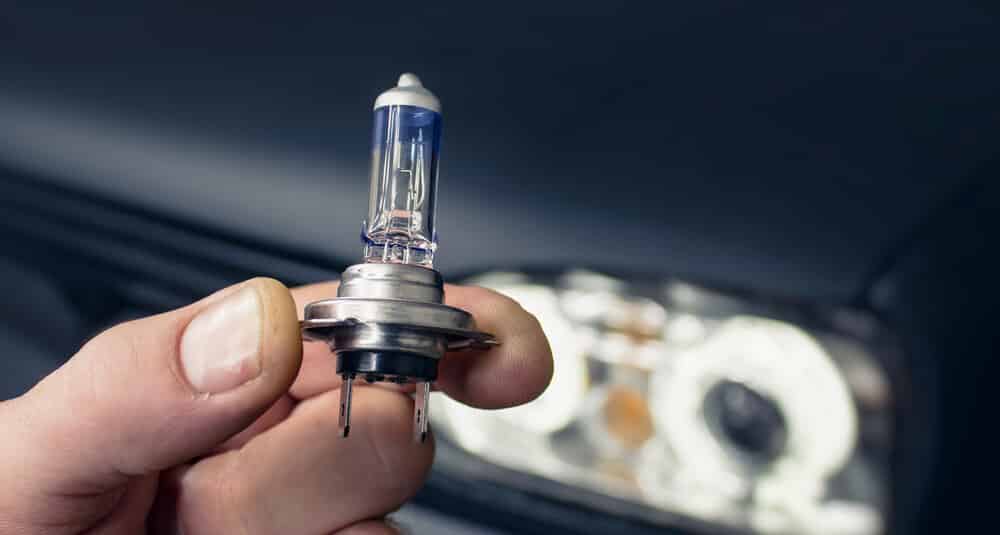
Halogen lights are the most traditional form found in automobiles. To create the light beam, nitrogen and argon gases are trapped within the bulb. This design also contains a tungsten filament in the center.
As an electrical charge gets sent from the vehicle to the tungsten, the filament rapidly heats up. This reaction causes the gas inside the bulb to glow, creating incandescence.
Halogen Headlight Pros
1. Easy to Find
Halogen headlights are the most accessible on the market. Because of the vast use, you shouldn’t have any trouble finding replacement halogen bulbs for your vehicle.
Chances are, your car came with halogen lights, making it easy to find the right replacement. However, you can also find the information in your owner’s manual if you aren’t sure what to buy.
2. Designed for Average Use
If you are only traveling at night for short distances, or if you don’t do it frequently, halogen bulbs will probably supply everything you need.
Halogen lightbulbs aren’t meant to last long, but if you aren’t using it, this won’t be an issue. For most drivers, halogen lightbulbs offer everything that’s needed.
3. Affordable
Halogen headlights are the cheapest of the three we’ve reviewed. You can buy a replacement set of bulbs for around $15. Plus, if you can replace them yourself, you are looking at quite a bargain.
Even if you have to replace the bulbs every two years, you are still making out. Changing the headlights can be one of the least expensive repairs you have to perform.
Halogen Headlight Cons
1. Heat
Halogen lights create a good amount of heat, more so than the other options. The light design itself is what leads to the heat.
Because the light needs more power to create the heat and beam, you are also going to see an increase in energy needs. Overall, the halogen lights can create a strain on the electrical system, especially if you have a weak battery.
2. Highly Sensitive
Halogen bulbs are also extremely sensitive. Foreign substances can cause issues with how the bulbs work, even fingerprints are an issue.
When you replace halogen lightbulbs, you want to wear gloves, so the oils from your hands don’t transfer to the surface. If oil is left on the bulb, the heat can disperse unevenly, causing premature wear.
3. Shorter Lifespan
The biggest complaint with halogen headlights is how short the lifespan is. On average, the halogen bulb will last 450 to 1,000 hours. That’s not much when you compare the performance of the other two options.
However, you don’t have to spend a lot on these bulbs, making them a better value for some drivers. If you aren’t driving a lot at night, this shorter lifespan isn’t going to matter too much to you.
Choosing the Right Headlights for Your Vehicle
With so many options to choose from, it’s difficult to know which headlight is right in every situation. It’s more a matter of what you prefer. Many cars offer the option to use a variety of bulbs, although you might need to make some minor modifications.
When in doubt, read the owner’s manual to see what the manufacturer recommends. You can also speak to your local dealership to determine what your vehicle can accommodate.
